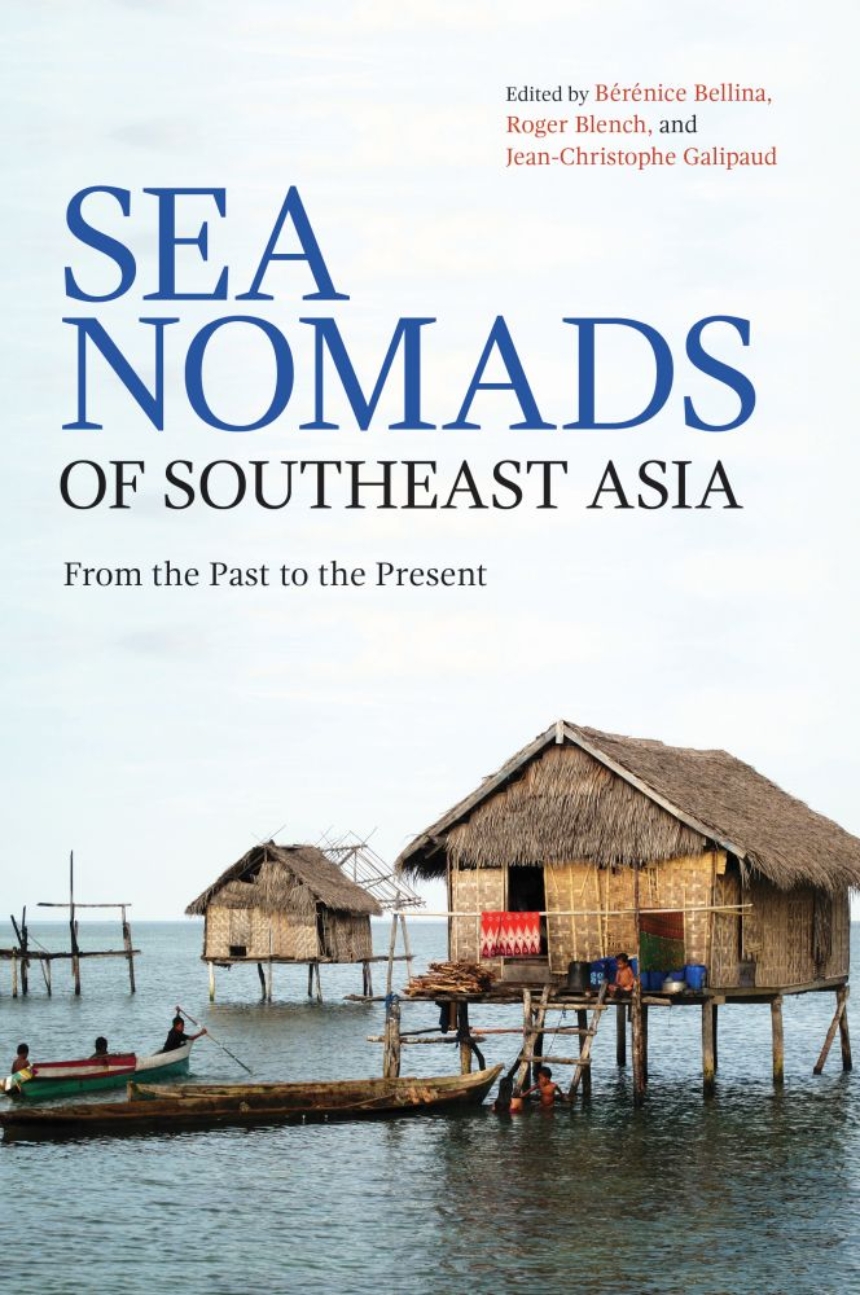9789813251250
Distributed for National University of Singapore Press
Sea Nomads of Southeast Asia
From the Past to the Present
Sea nomads have been part of the economic and political landscape of Southeast Asia for millennia. They have played many roles over the longue-durée: in certain periods proving central to the ability of land-based polities to generate wealth, by sourcing valuable maritime commodities, facilitating trade, forming a naval force to secure and protect vital sea lanes and providing crucial connectivity. They have existed in complex, codified relations with different sedentary populations, as pirates, guardians of the sea-lanes, merchants and explorers. Paradoxically, as modern states emerged, the sea-nomads became progressively marginalized and impoverished.
For many years, the sea nomads were assumed to be without history, and even without archaeology. This has proven far from the case, and recent archaeological findings allow us to more closely describe sea nomadism from the Pleistocene through the early Holocene up to the present. Integrating these findings with the latest in historical research, linguistics, ethnography and historical genetics allows us to better understand sea-nomad ways of life over a scale of millennia and to appreciate the diversity and flexibility of this sea-nomad world. This in turn enriches our understanding of nomadism and mobility as ways of life more generally, and of the sea not only as a landscape of resources, but as a home and spiritual landscape.
For many years, the sea nomads were assumed to be without history, and even without archaeology. This has proven far from the case, and recent archaeological findings allow us to more closely describe sea nomadism from the Pleistocene through the early Holocene up to the present. Integrating these findings with the latest in historical research, linguistics, ethnography and historical genetics allows us to better understand sea-nomad ways of life over a scale of millennia and to appreciate the diversity and flexibility of this sea-nomad world. This in turn enriches our understanding of nomadism and mobility as ways of life more generally, and of the sea not only as a landscape of resources, but as a home and spiritual landscape.
448 pages | 56 halftones, 36 maps, 20 tables | 6 x 9 | © 2020
History: Asian History
Sociology: Social History
Reviews
Table of Contents
List of Illustrations
Acknowledgments
1. Sea Nomadism from the Past to the Present
2. Communities of Practice in a Maritime World: Shared Shell Technology and Obsidian Exchange in the Lesser Sunda Islands, Wallacea
3. Late Pleistocene to Mid-Holocene Maritime Exchange Networks in Island Southeast Asia
4. Southeast Asian Early Maritime Silk Road Trading Polities’ Hinterland and the Sea-nomads of the Isthmus of Kra
5. The Orang Suku Laut: Movement, Maps and Mapping
6. The Linguistic Background to Southeast Asian Sea Nomadism
7. A Genomic Perspective of the Origin and Dispersal of the Bajaw Sea Nomads in Indonesia
8. Ship Construction and Navigation in the early South China Seas
9. “The Muscles and Sinews of the Kingdom”: The Sama Bajo in Early Modern Eastern Indonesia
10. Nomads in the Interstices of History
11. Ethno-archaeological Evidence of “Resilience” Underlying the Subsistence Strategy of the Maritime-adapted Inhabitants of the Andaman Sea
12. Sea People, Coastal Territories and Cultural Interactions? Tetun Terik and Bunak in theSuai District on the South Coast of Timor-Leste
13. The Bajau Diaspora: Origin and Transformation
14. Maritime Diaspora and Creolisation: a Genealogy of the Sama-Bajaw in Insular Southeast Asia
List of Contributors
Index
Acknowledgments
1. Sea Nomadism from the Past to the Present
2. Communities of Practice in a Maritime World: Shared Shell Technology and Obsidian Exchange in the Lesser Sunda Islands, Wallacea
3. Late Pleistocene to Mid-Holocene Maritime Exchange Networks in Island Southeast Asia
4. Southeast Asian Early Maritime Silk Road Trading Polities’ Hinterland and the Sea-nomads of the Isthmus of Kra
5. The Orang Suku Laut: Movement, Maps and Mapping
6. The Linguistic Background to Southeast Asian Sea Nomadism
7. A Genomic Perspective of the Origin and Dispersal of the Bajaw Sea Nomads in Indonesia
8. Ship Construction and Navigation in the early South China Seas
9. “The Muscles and Sinews of the Kingdom”: The Sama Bajo in Early Modern Eastern Indonesia
10. Nomads in the Interstices of History
11. Ethno-archaeological Evidence of “Resilience” Underlying the Subsistence Strategy of the Maritime-adapted Inhabitants of the Andaman Sea
12. Sea People, Coastal Territories and Cultural Interactions? Tetun Terik and Bunak in theSuai District on the South Coast of Timor-Leste
13. The Bajau Diaspora: Origin and Transformation
14. Maritime Diaspora and Creolisation: a Genealogy of the Sama-Bajaw in Insular Southeast Asia
List of Contributors
Index

